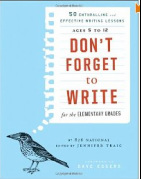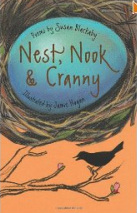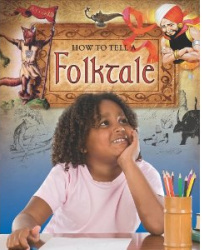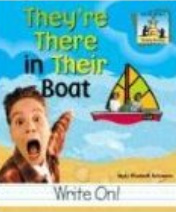
Don't Forget to Write by 826 National, editor Jennifer Traig.

Nest, Nook & Cranny poems by Susan Blackaby

If your curriculum covers writing fables, myths or legends, let me know. I will be ordering those titles in this useful series.

 50 enthralling and effective writing lessons age 5 to 12 including one by our own former reading teacher Meg Adler on "Creating a Guide to Modern Girlhood." The entry on Magic Realism suggests "What if sneezes brought good luck? What if you wrote about it?" Picture book writer Jon Scieszka imparts how he gets his ideas. Science teachers don't miss the link to Daniel Radcliffe of Harry Potter fame singing the Periodic Table in chapter 37. Don't Forget to Write by 826 National, editor Jennifer Traig.  This little jewel of a book will interest naturalists and teachers of poetry alike. Animal poems arranged by habitat delight the eye and ear. The second half of the book explores the different poetic forms used for each animal. For example the hawk entry uses a form called a triolet because "it combines rhymes and repeated lines in a pattern that nicely matches the movement of a circling hawk." Nest, Nook & Cranny poems by Susan Blackaby  How to Tell a Folktale by Carol Alexander is an amazing "how-to" for writing different types of folk tales including tall tales, trickster tales, pourquoi tales and more. This a very practical book with step by step instruction and wonderful examples covering such elements as dialogue and dialect, setting, plot, theme, and creative responses. If your curriculum covers writing fables, myths or legends, let me know. I will be ordering those titles in this useful series.  Oh those pesky homophones! Do you know there are college students who misuse these three words? They should have read They're There in Their Boat by Mary Salzmann. These three titles by Ann Heinrichs demystify the mechanics of grammar and its usage in a lively and humorous manner.
Comments are closed.
|
Categories
All
Archives
May 2024
|